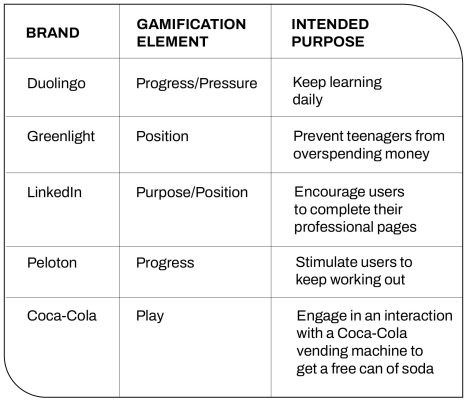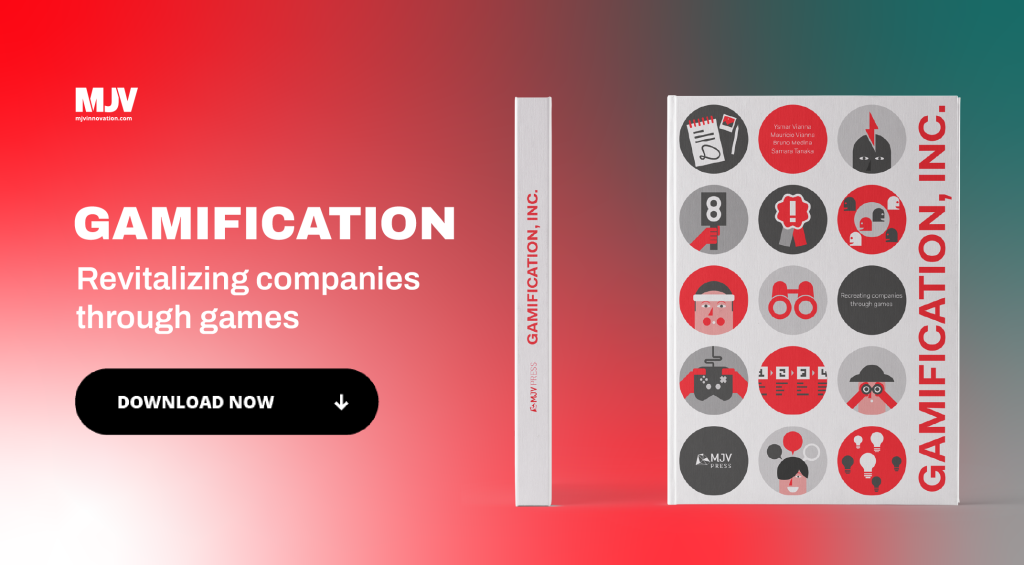Gamification for Winning Companies: The Definitive Approach To Drive User Experience Forward
In this article, you will discover gamification examples of companies that are using this tactic to drive user experience forward.
Judging by its popularity today, one would think that gamification is dead. After a surge in interest in the past decade, it looks like there is no longer demand for this strategy. Questions such as “What is gamification?” are hopelessly outdated and it’d be better if we put the subject to rest.
But would it really?
If we look at more recent gamification examples we’ll find out that gamification is very much alive. The heart of the matter is that leaders didn’t absorb gamification as a strategic tool, but as a tactical one. Gamification is a matter of mechanics, and it’s as such that some of the foremost leaders of the market use it.
Therefore gamification is as pressing as ever. Business leaders were looking at it the wrong way. So we have to ask ourselves again…
What Is Gamification?
In a nutshell, gamification is the transference of ludic activities into work activities. Nick Pelling defined gamification as the “application of game-like accelerated user interface design to make electronic transactions both fast and enjoyable.”
Though predicated on an electronic environment, gamification is by no means confined to the virtual realm. As author Ole Goethe asserts in Gamification Mindset, by alluring to speed and enjoyability, gamification has a unique appeal to “encourage the engagement with a product or a service or a brand.” It’s not surprising that in most successful gamification examples, we find that businesses develop ways to immerse users in a gamified structure that engages and stimulates them, which Goethe suggests is the true meaning of gamification.
This definition of what is gamification naturally lent itself to misuse. The idea that gamification stimulates user experience grew into an expectation that by gamifying end-user interfaces—marketing, sales, etc.—companies would see a spectacular revenue increase.
As a matter of fact, you do see revenue increase by using gamification. Only not in the way most leaders thought years ago.
It’s time to reshuffle your understanding of what gamification is.
Beyond the Hype: Gamification into Action for Success
The surge in interest in gamification was based on the misguided belief that gamification is a one-off process. A good deal of leaders imagined that if they wanted to drive more sales for their companies, all they had to do was to “gamify” their marketing departments or create some kind of gamified sale.
According to Gartner, 70 percent of gamification projects fail due to poor project design and worse rollout. A remarkable example is the valueless badges Google News handed out each time you read a news item through the platform. Since it reaped no tangible reward, the badge was meaningless. Another example is the “mayor” title Foursquare hands out if you frequently visit a spot on the app. Though very popular years back, the social network lapsed into oblivion due to a lack of motivation among users.
If we want to truly understand what gamification is, we have to comprehend that gamification projects must grasp the core drives of human motivation:
THE EIGHT CORE DRIVES OF HUMAN MOTIVATION

Each drive is addressed by a group of five elements of gamification that are indispensable for the success of the project:
Purpose
At the core of gamification lies purpose. It encompasses the notion of being chosen for a remarkable quest, where participants perceive themselves as integral contributors to a cause larger than their individual selves. Purpose is often communicated through captivating narratives, which imbue players with a sense of importance and meaning within the game world.
Progress
Progress is a crucial aspect that drives motivation within gamification. It signifies the tangible advancement individuals make as they overcome obstacles and move closer to their goals. Tracking progress becomes an essential mechanism to showcase achievements and provide participants with a sense of accomplishment. This is often achieved through the utilization of points, levels, boss battles, and progress bars, which serve as visual representations of progress made and remaining challenges.
Pressure
Creating a sense of pressure is an effective strategy to motivate participants and spur them into action. Pressure is cultivated through instilling urgency, the fear of potential loss, or the belief that there is no option to retreat. Time-bound challenges, countdown timers, streaks, and limited availability of collectibles are all tactics employed to generate pressure within gamification, compelling individuals to engage actively and make timely decisions.
Position
Position refers to the ability to showcase one’s accomplishments and engage in healthy competition or comparison with peers or other players. It enables participants to gauge their progress, skill level, and relative standing within the game’s community. Trophy shelves, badges, and leaderboards serve as visual representations of one’s position, allowing individuals to demonstrate their skills, earn recognition, and compete for higher rankings.
Play
The element of play forms the essence of gamification, providing participants with a sense of enjoyment, pleasure, and surprise during their gameplay experience. Playful elements encompass various interactive features, such as easter eggs, branching choices that influence outcomes, exploration of hidden areas, and customization options. These elements contribute to the overall entertainment value and keep participants engaged in the game world.
Who’s Playing It Right? Gamification at Work
The most successful gamification examples show that gamification is something that is engineered into the project or brand’s DNA as tactical mechanics to charge users into their wavelength, not as a strategic promotional tool to get people going.
We said earlier that Google News badges were meaningless since they provided no value for the user. There was no ludic aspect at all in their existence. Conversely, Google Read Along, Google’s app-based learning game, plays with the ludic aspect of learning by allowing the company’s voice technology to encourage kids to read and follow along with stories. This is a successful form of gamification of learning, checking with one of the five gamification elements singled out above—the element of play.
Other examples of successful gamification projects include:
Succesful Gamification Projects

Each of these gamification examples helps these companies to generate millions of dollars every year. This goes to show that gamification is not dead. It’s actually a matter of rethinking what gamification is. If you are interested in implementing a gamification project in your company, drop us a message.

